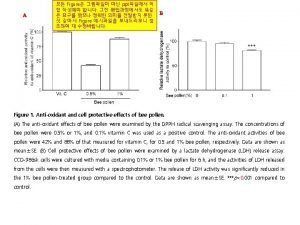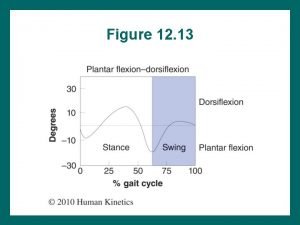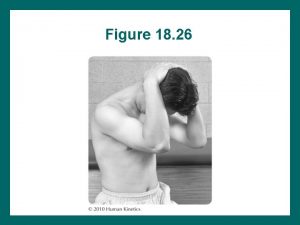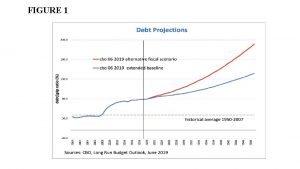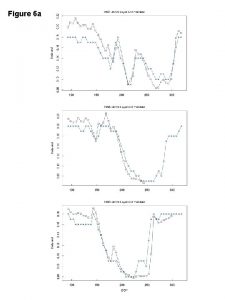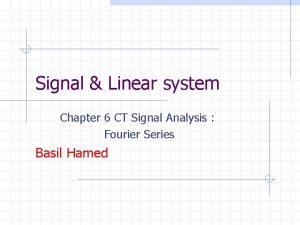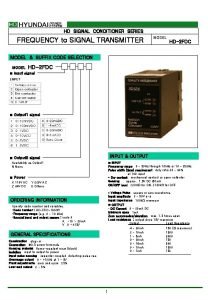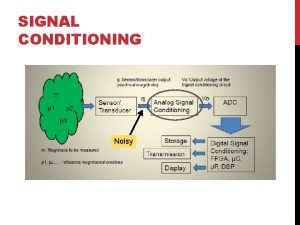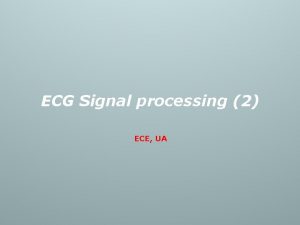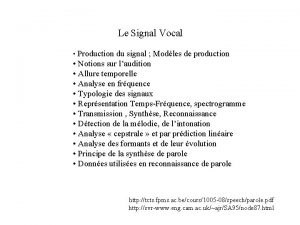Figure 4 1 2 The signal Figure 4


































- Slides: 34

Figure 4. 1 -2 The signal

Figure 4. 2 -1 Gram-Schmidt orthogonalization of the signals and the corresponding orthogonal signals.

Figure 4. 2 -2 The four signal vectors represented as points in three-dimensional function space.

Figure 4. 2 -3 An alternative set of orthonormal functions for the four signals in Figure 4. 2 -1 a and the corresponding signal points.

Figure 4. 3 -1 Signal space diagram for digital PAM signals.

Figure 4. 3 -2 Baseband-pass PAM signals.

Figure 4. 3 -3 Signal space diagrams for PSK signals.

Figure 4. 3 -4 Examples of combined PAMPSK signal space diagrams.

Figure 4. 3 -5 Several signal space diagrams for rectangular QAM.

Figure 4. 3 -6 Subdivision of time and frequency axes into distinct slots.

Figure 4. 3 -7 Cross-correlation coefficient as a function of frequency separation for FSK signals.

Figure 4. 3 -8 Orthogonal signals for M = N = 3 and M = N = 2.

Figure 4. 3 -9 Signal space diagrams for M = 4 and M = 6 biorthogonal signals.

Figure 4. 3 -10 Signal space diagrams for M-ary simplex signals.

Figure 4. 3 -11 Signal space diagrams for signals generated from binary codes.

Figure 4. 3 -12 Baseband signals.

Figure 4. 3 -13 State diagram for the NRZI signal.

Figure 4. 3 -14 The trellis diagram for the NRZI signal.

Figure 4. 3 -15 State diagram (a) and basic waveforms (b) for delay modulated (Miller-encoded) signal.

Figures 4. 3 -16 a , b Pulse shapes for full response CPM

Figure 4. 3 -16 c , d Pulse shapes for partial response CPM.

Figure 4. 3 -16 e Pulse shapes for partial response CPM.

Figure 4. 3 -17 Phase trajectory for binary CPFSK.

Figure 4. 3 -18 Phase trajectory for quaternary CPFSK.

Figure 4. 3 -19 Phase trajectories for binary CPFSK (dashed) and binary, partial response CPM based on raised cosine pulse of length 3 T (solid). [From Sundberg (1986), © 1986 IEEE. ]

Figure 4. 3 -20 Phase cylinder for binary CPM with h = ½ and a raised cosine pulse of length 3 T. [From Sundberg (1986), © 1986 IEEE.

Figure 4. 3 -21 State trellis for binary CPFSK with h = ½

Figure 4. 3 -22 State diagram for binary CPFSK with h = ½.

Figure 4. 3 -23 Representation of an MSK signal as a form of two staggered binary PSK signals, each with a sinusoidal envelope.

Figure 4. 4 -1 Rectangular pulse and its energy density spectrum

Figure 4. 4 -2 Raised cosine pulse and its energy density spectrum

Figure 4. 4 -6 Power density spectra of MSK and offset QPSK. [From Gronemeyer and Mc. Bride (1976); © IEEE. ]

Figure 4. 4 -7 Fractional out-of-band power (normalized two-sided bandwidth = 2 WT). [From Gronemeyer and Mc. Bride (1976); © 1976 IEEE. ]

Figure 4. 4 -11 Power spectral density (onesided) of Miller code (delay modulation) and NRZ/NRZI baseband signals. [From Hecht and Guida (1969); © 1969 IEEE. ]
 Baseband signal and bandpass signal
Baseband signal and bandpass signal Baseband signal and bandpass signal
Baseband signal and bandpass signal Digital signal as a composite analog signal
Digital signal as a composite analog signal Classification of signals
Classification of signals Công thức tính thế năng
Công thức tính thế năng Số nguyên tố là
Số nguyên tố là đặc điểm cơ thể của người tối cổ
đặc điểm cơ thể của người tối cổ Tỉ lệ cơ thể trẻ em
Tỉ lệ cơ thể trẻ em Các châu lục và đại dương trên thế giới
Các châu lục và đại dương trên thế giới ưu thế lai là gì
ưu thế lai là gì Các môn thể thao bắt đầu bằng tiếng chạy
Các môn thể thao bắt đầu bằng tiếng chạy Tư thế ngồi viết
Tư thế ngồi viết Cái miệng xinh xinh thế chỉ nói điều hay thôi
Cái miệng xinh xinh thế chỉ nói điều hay thôi Hình ảnh bộ gõ cơ thể búng tay
Hình ảnh bộ gõ cơ thể búng tay Cách giải mật thư tọa độ
Cách giải mật thư tọa độ Từ ngữ thể hiện lòng nhân hậu
Từ ngữ thể hiện lòng nhân hậu Tư thế ngồi viết
Tư thế ngồi viết Thứ tự các dấu thăng giáng ở hóa biểu
Thứ tự các dấu thăng giáng ở hóa biểu Voi kéo gỗ như thế nào
Voi kéo gỗ như thế nào Thẻ vin
Thẻ vin Thơ thất ngôn tứ tuyệt đường luật
Thơ thất ngôn tứ tuyệt đường luật Hổ sinh sản vào mùa nào
Hổ sinh sản vào mùa nào Thế nào là hệ số cao nhất
Thế nào là hệ số cao nhất Diễn thế sinh thái là
Diễn thế sinh thái là Lp html
Lp html Vẽ hình chiếu vuông góc của vật thể sau
Vẽ hình chiếu vuông góc của vật thể sau Phép trừ bù
Phép trừ bù Lời thề hippocrates
Lời thề hippocrates Vẽ hình chiếu đứng bằng cạnh của vật thể
Vẽ hình chiếu đứng bằng cạnh của vật thể Tư thế worm breton là gì
Tư thế worm breton là gì đại từ thay thế
đại từ thay thế Quá trình desamine hóa có thể tạo ra
Quá trình desamine hóa có thể tạo ra Sự nuôi và dạy con của hổ
Sự nuôi và dạy con của hổ Thế nào là mạng điện lắp đặt kiểu nổi
Thế nào là mạng điện lắp đặt kiểu nổi Các châu lục và đại dương trên thế giới
Các châu lục và đại dương trên thế giới













































